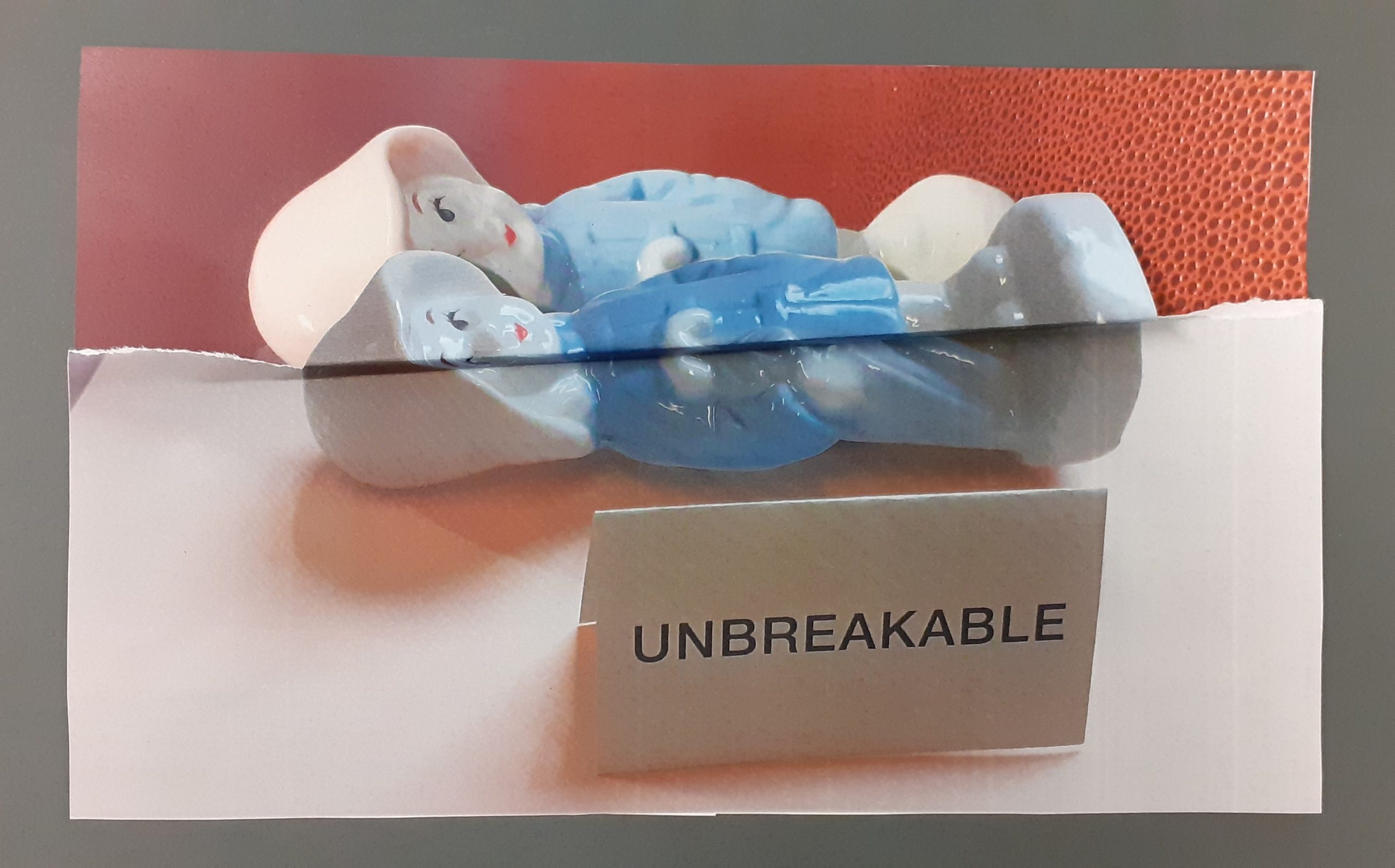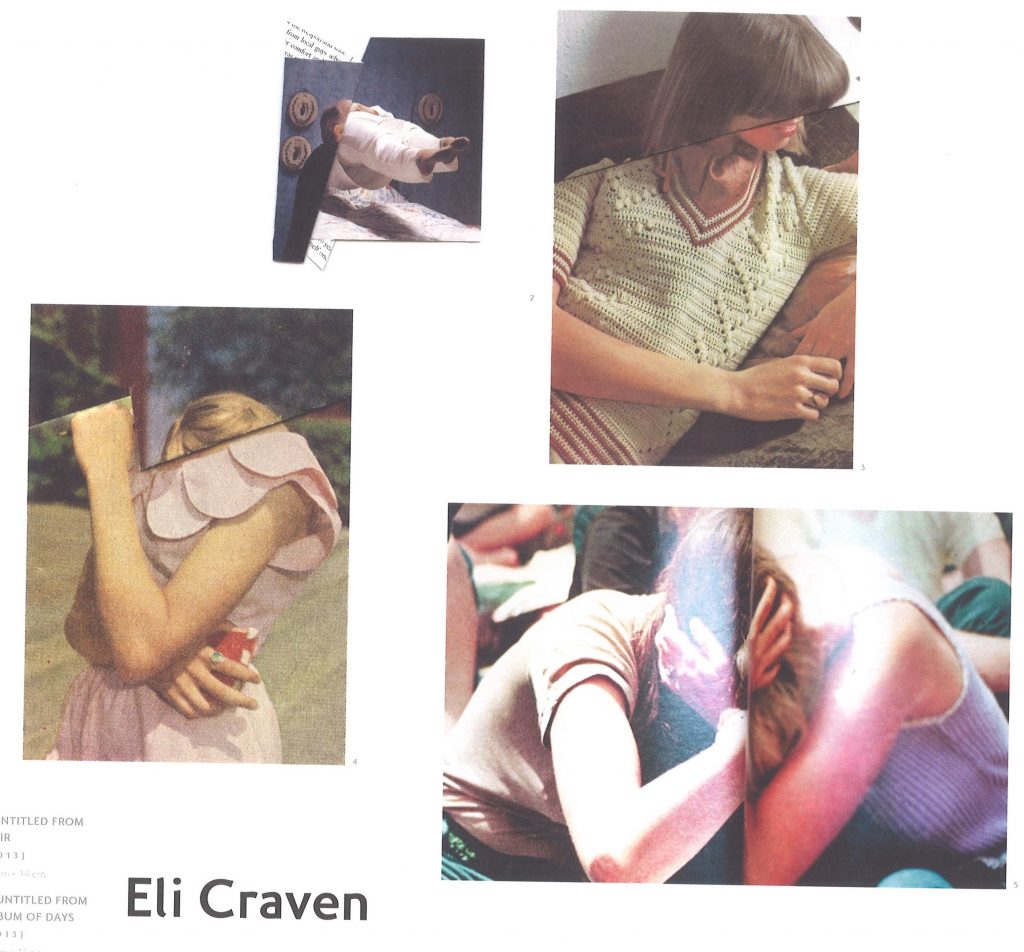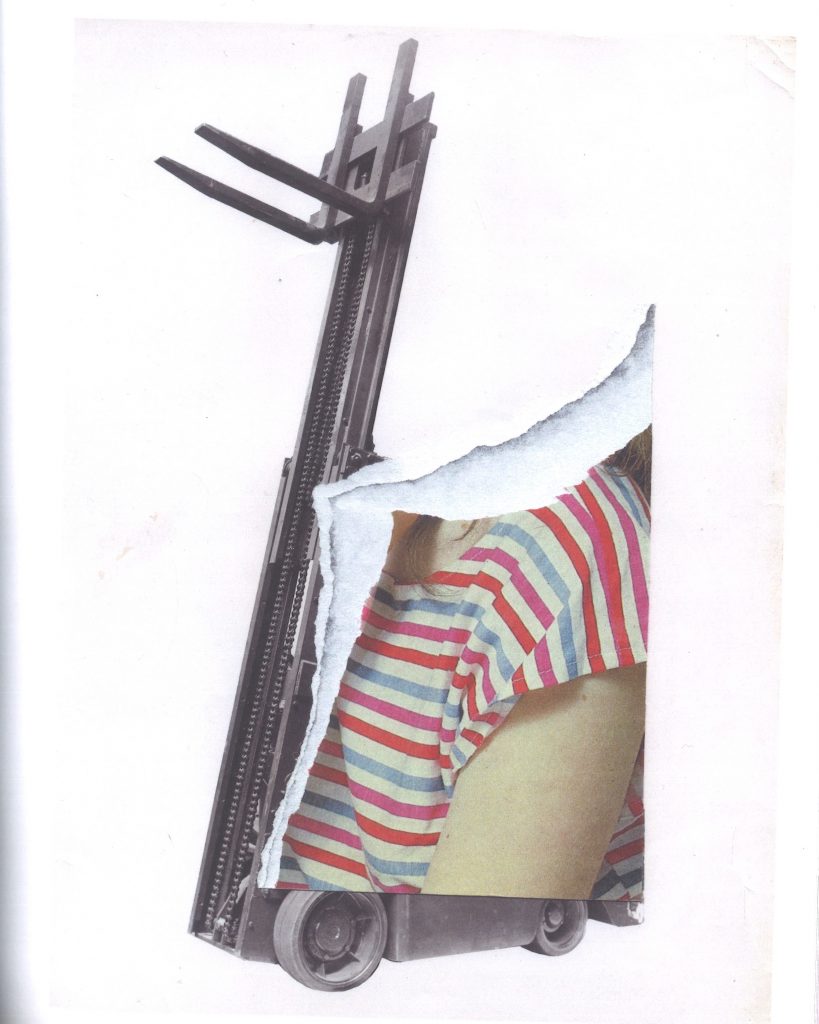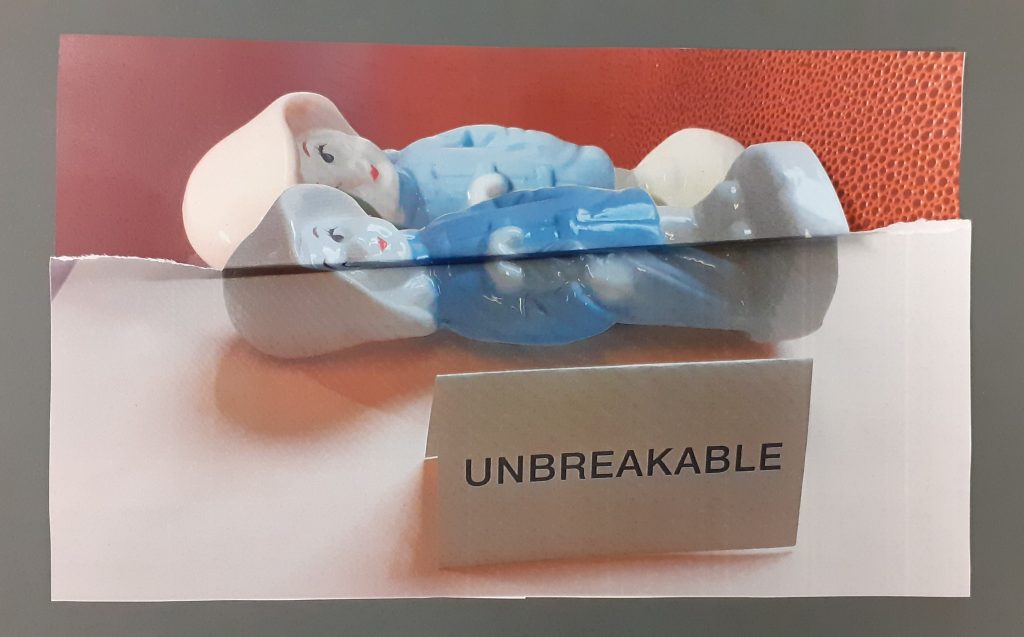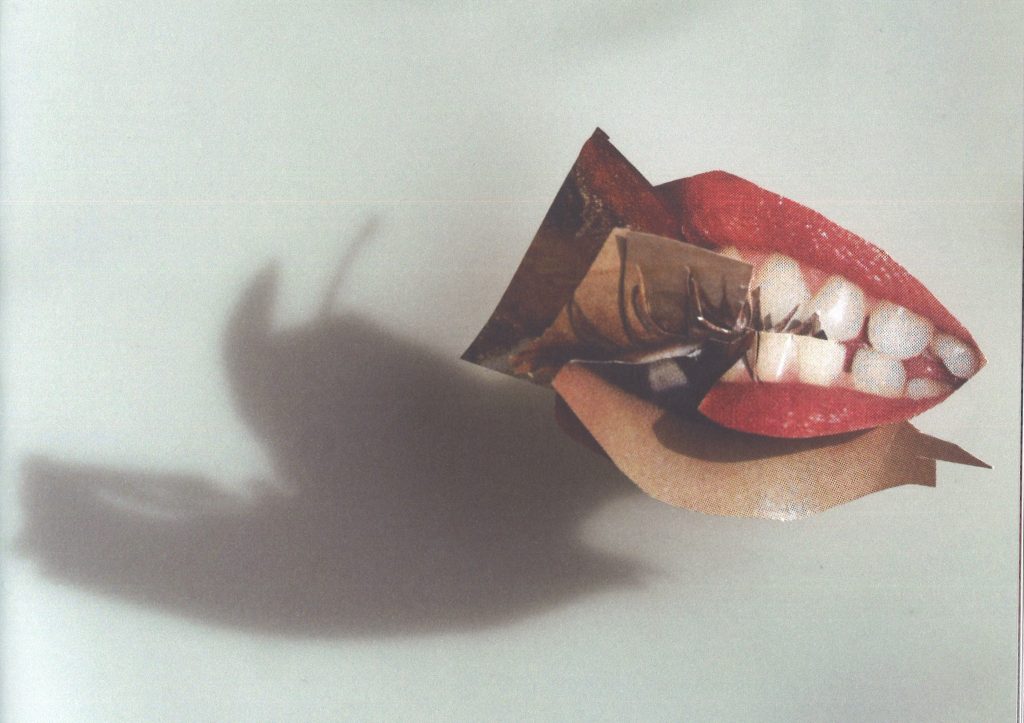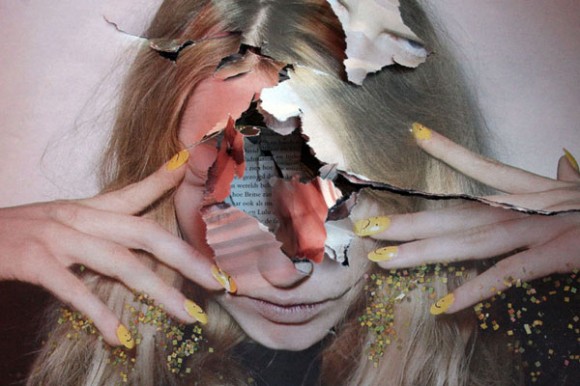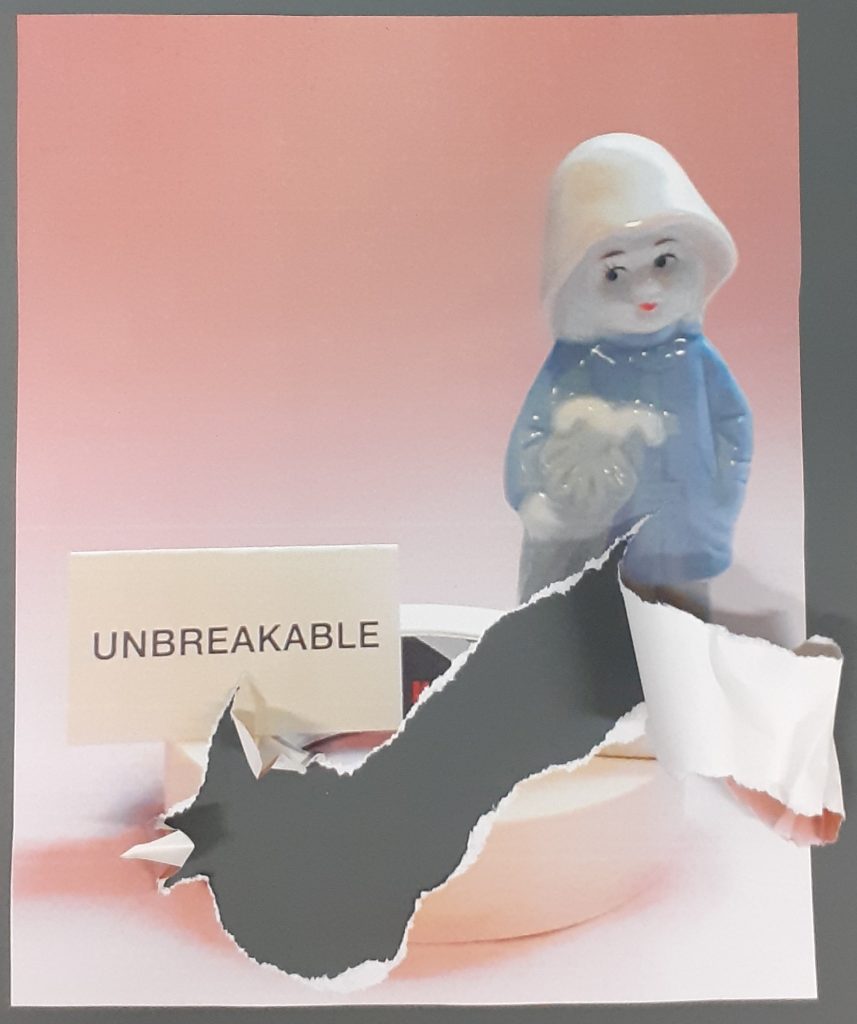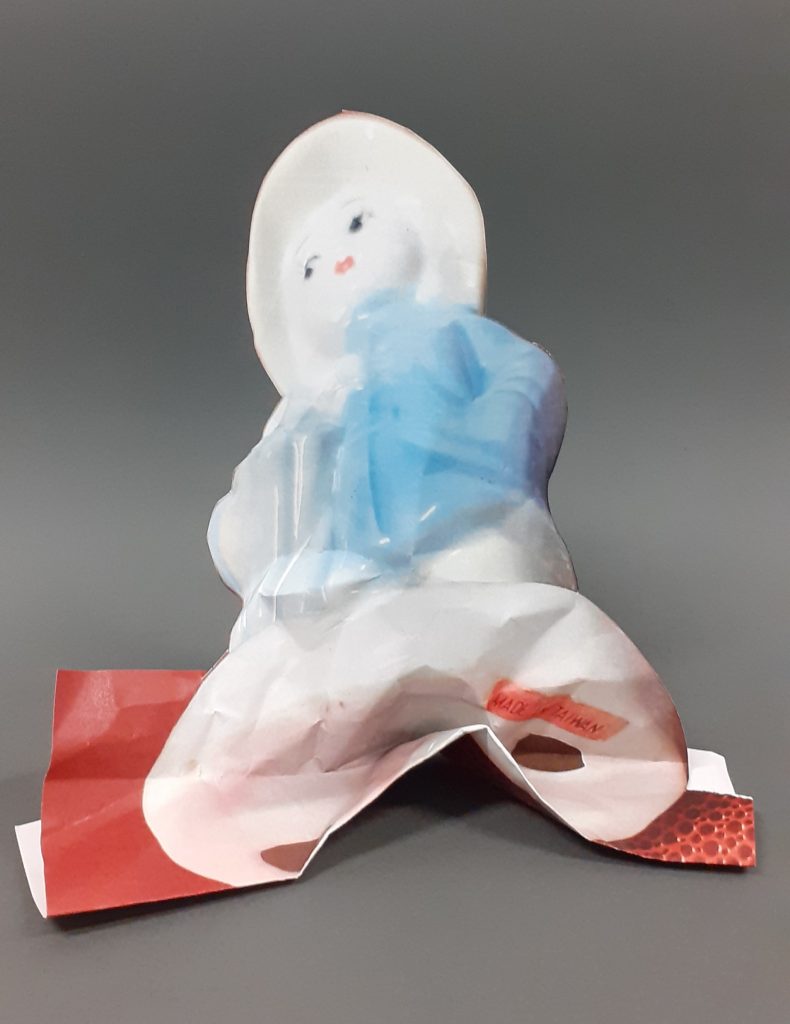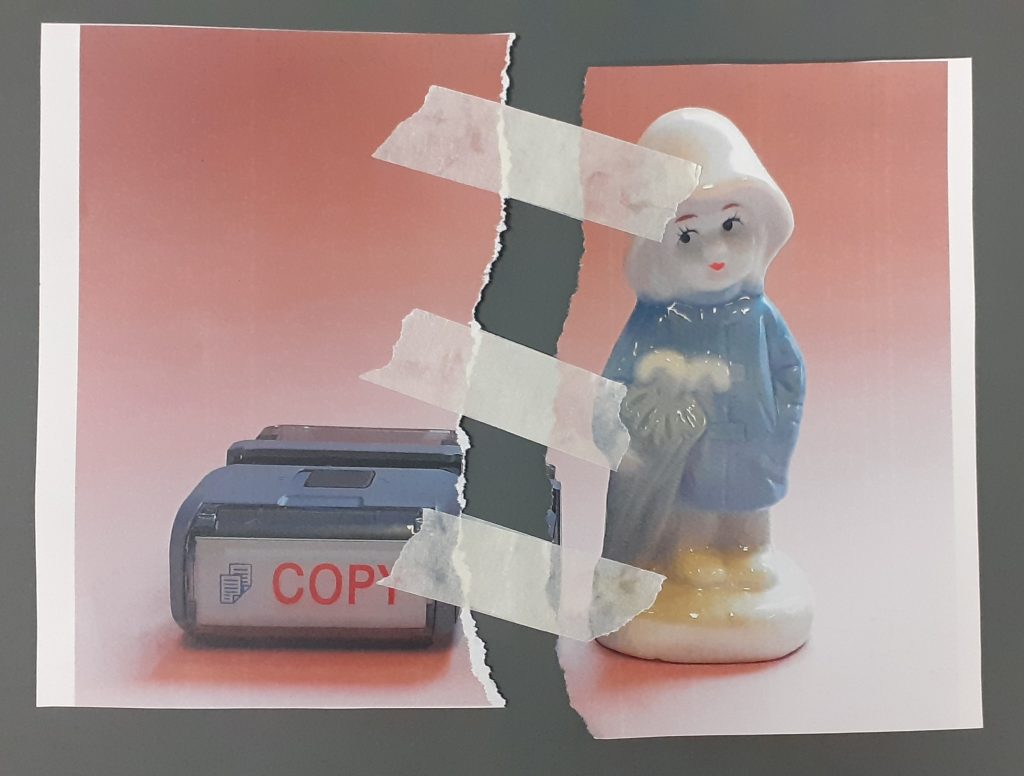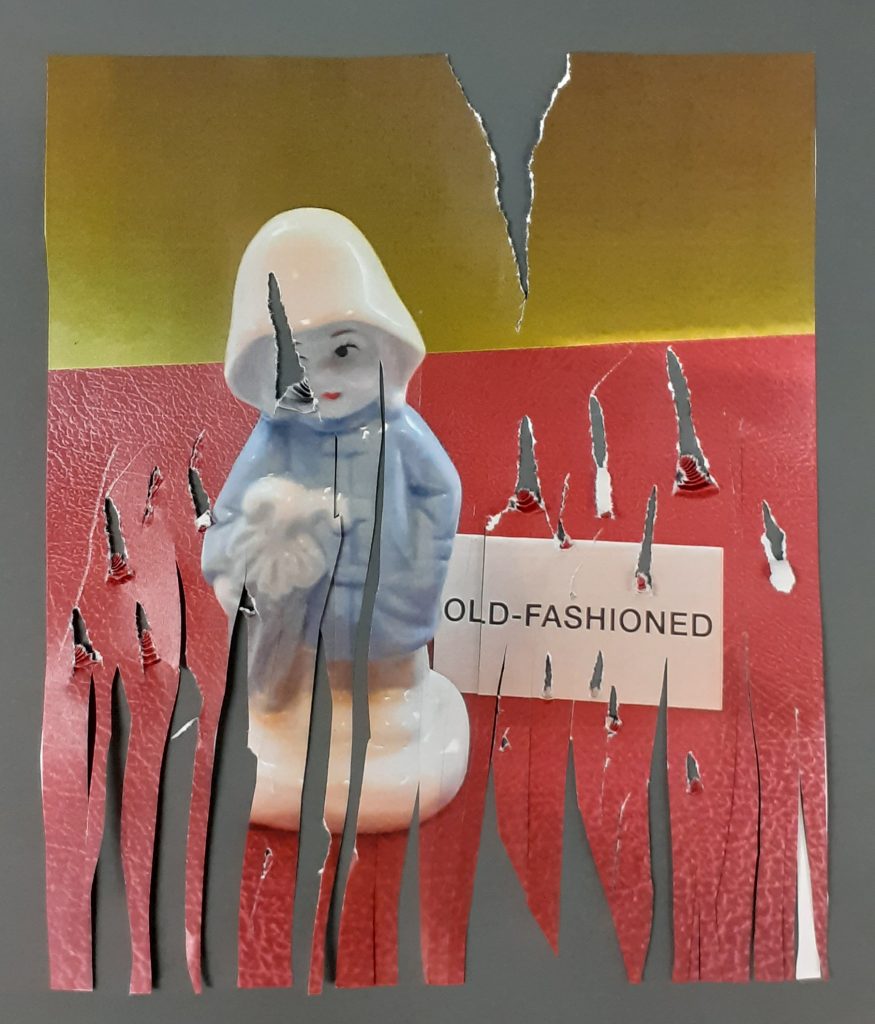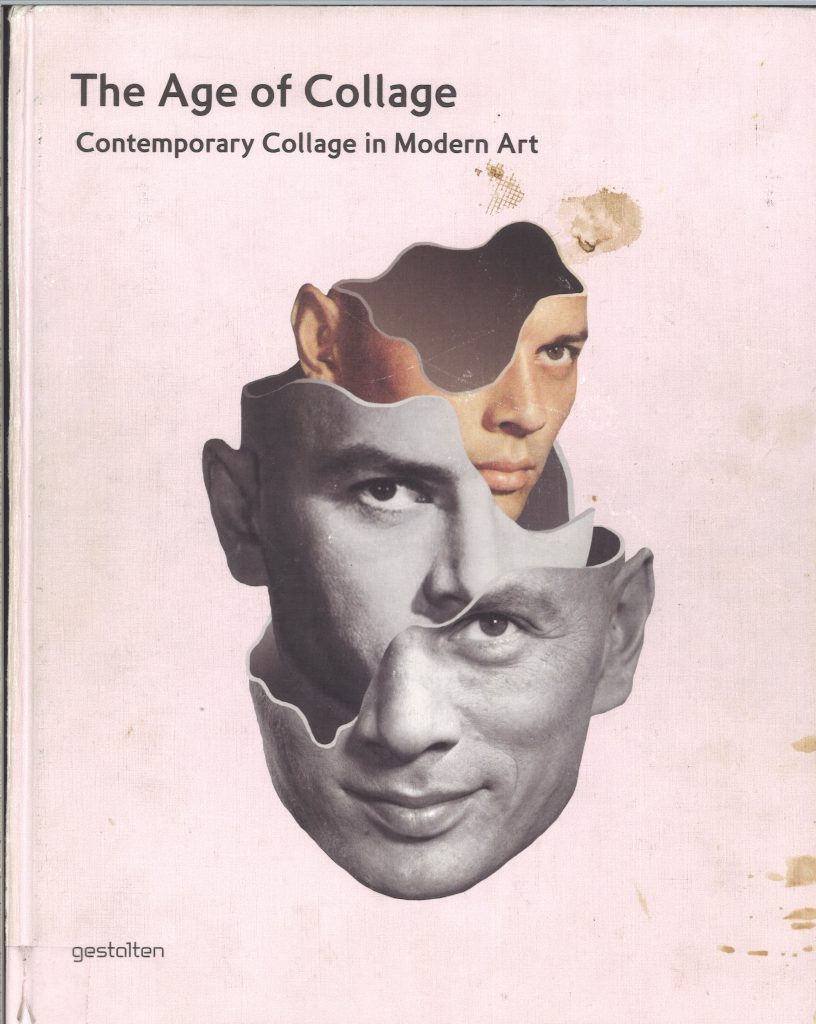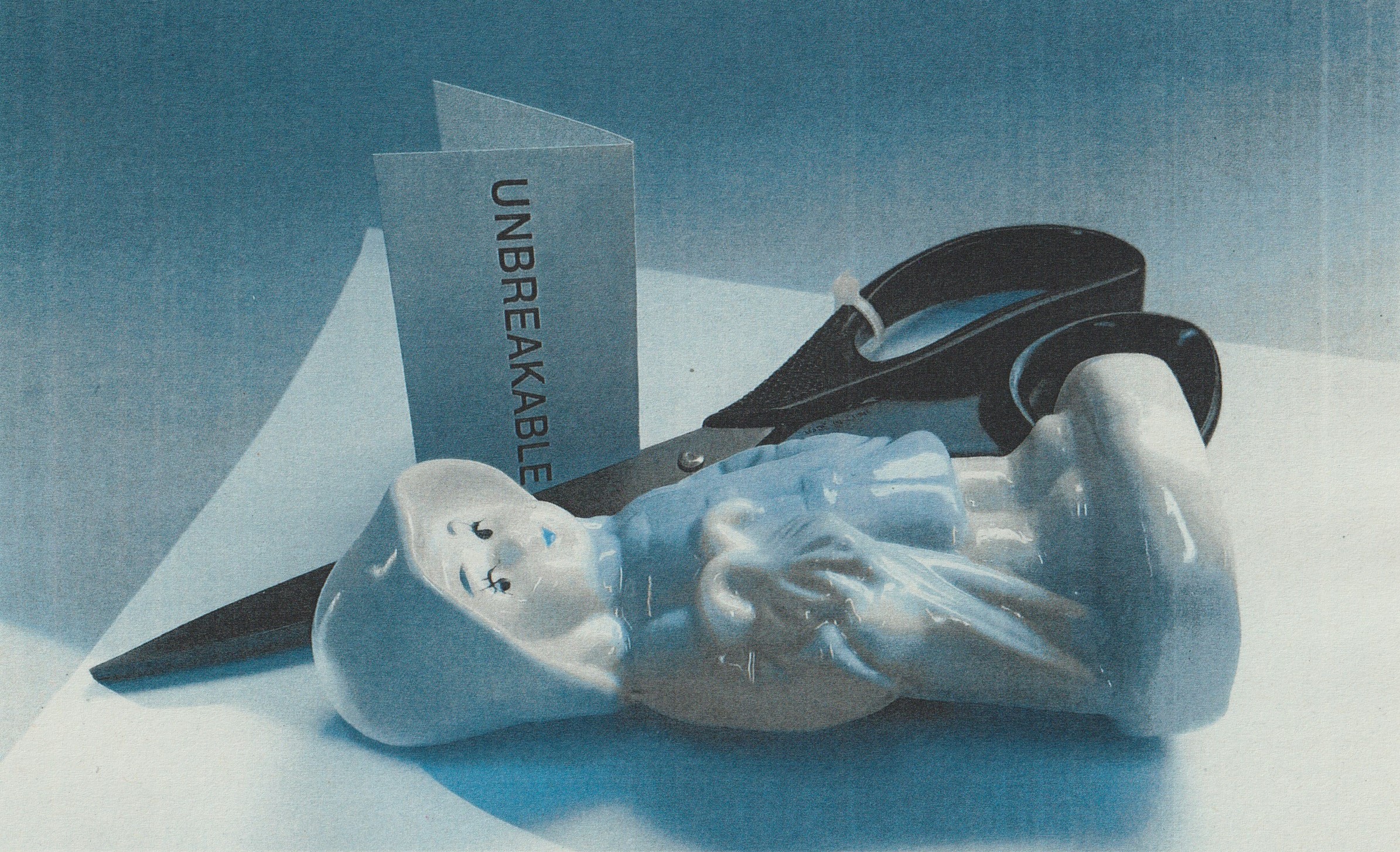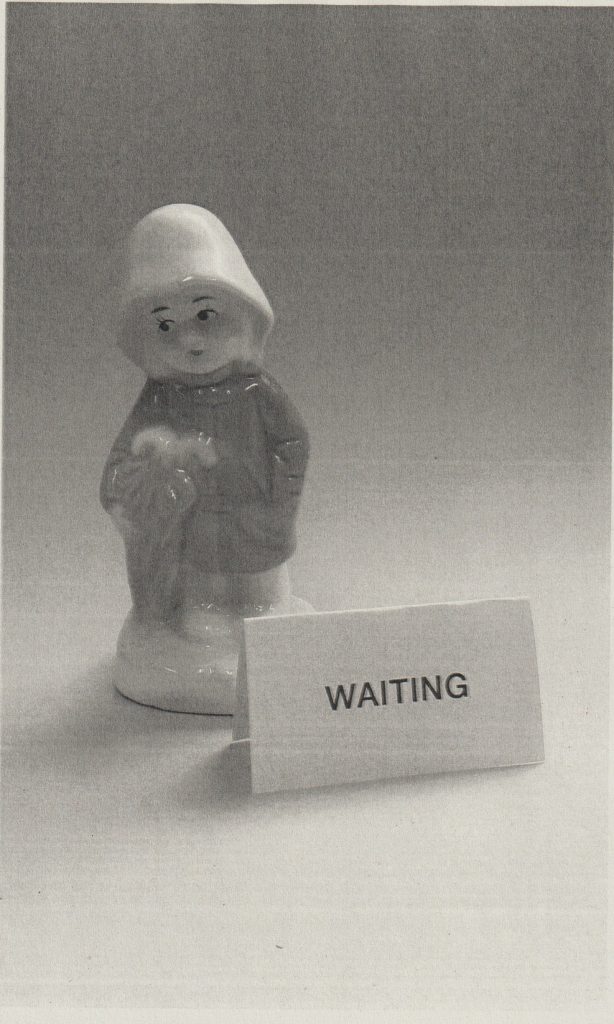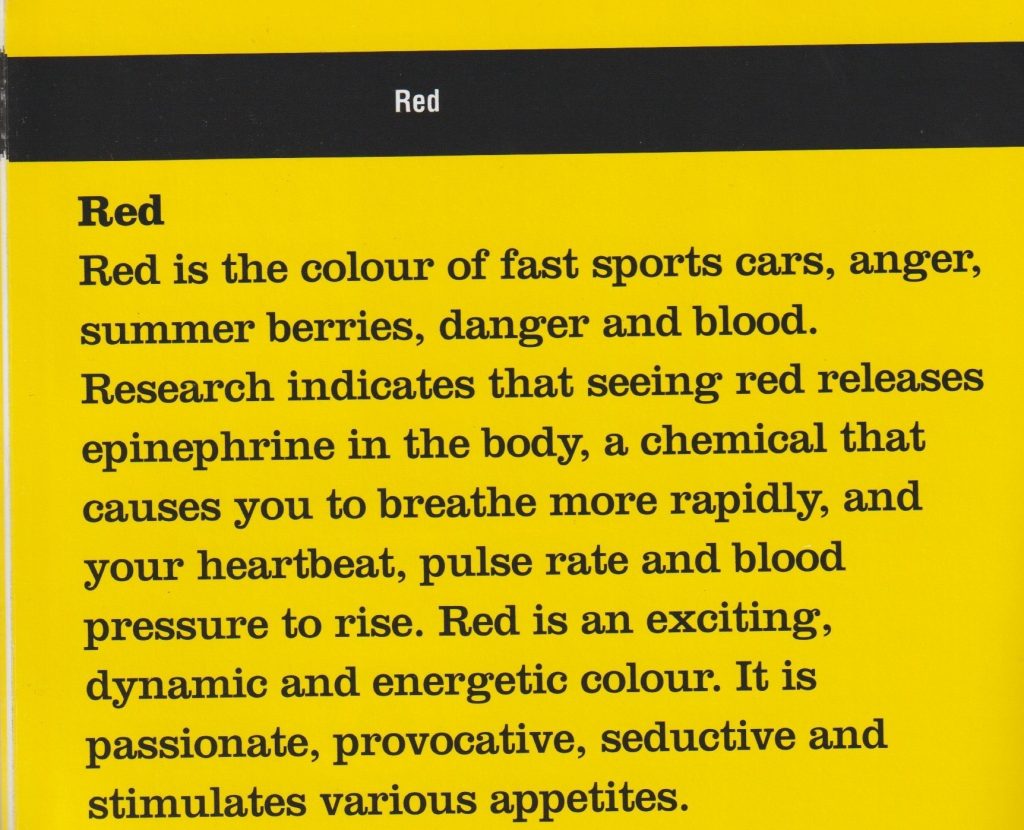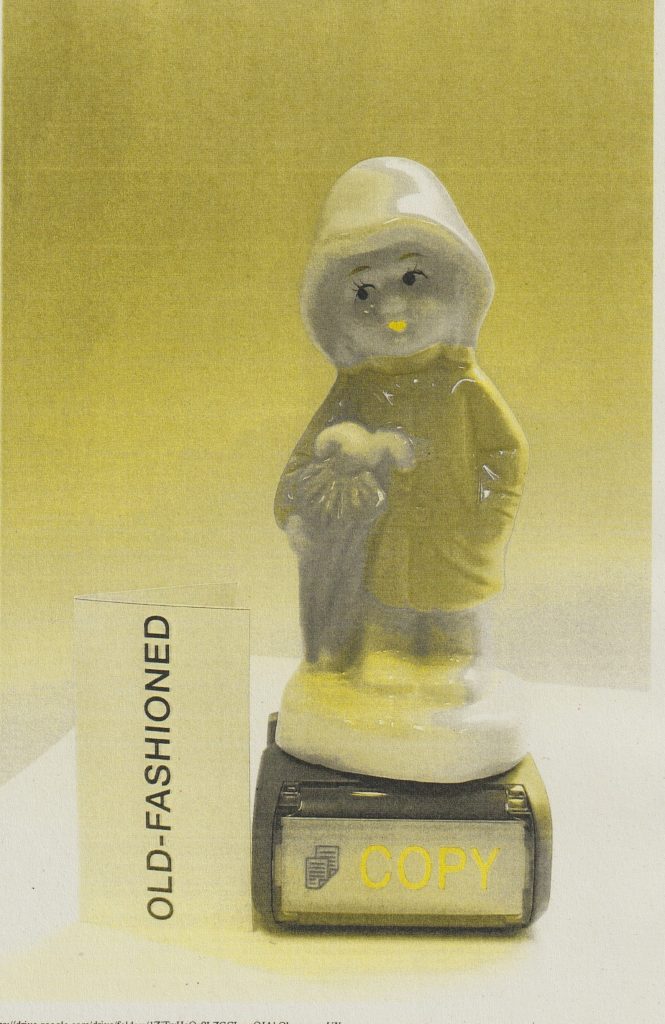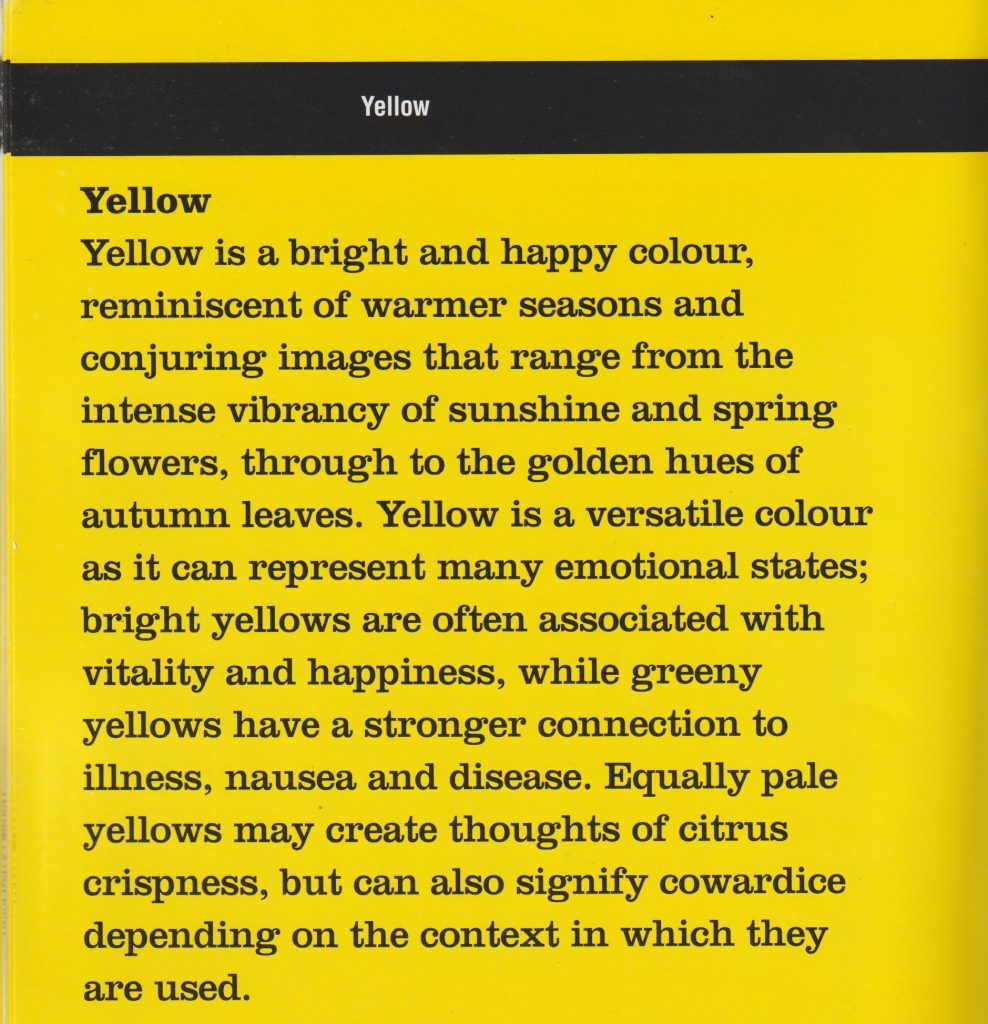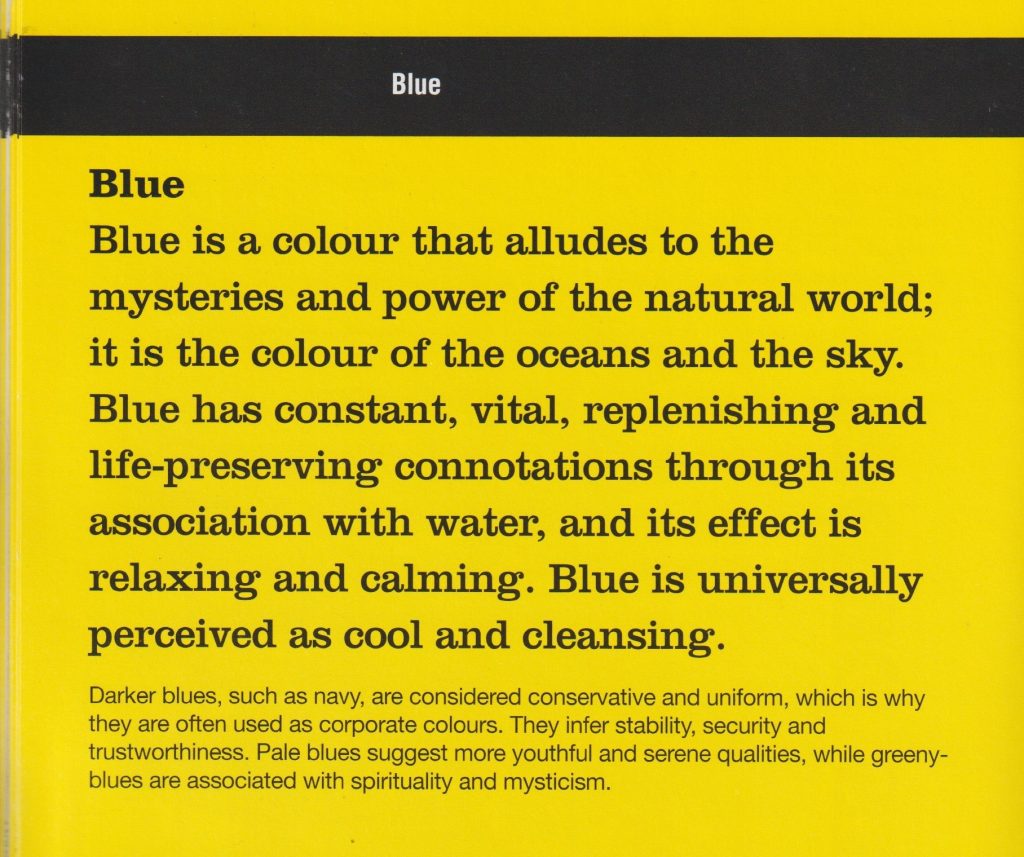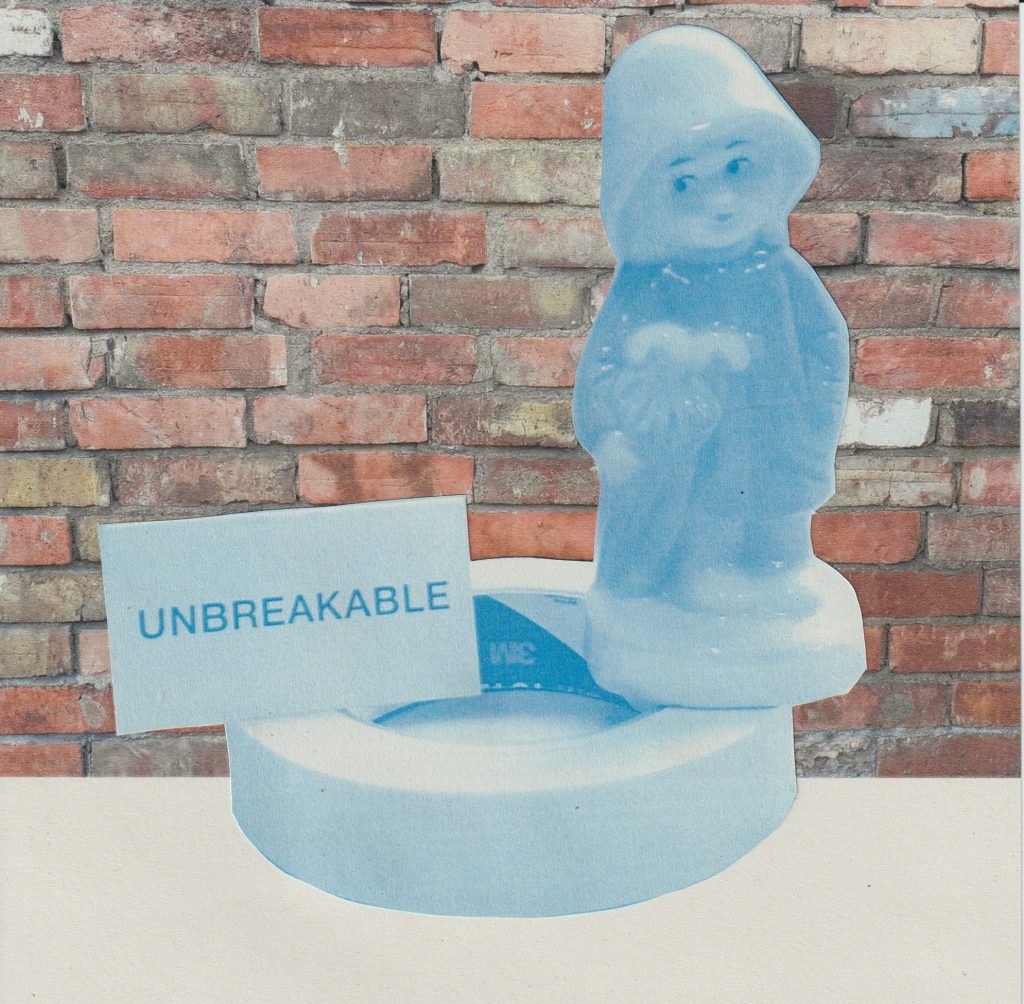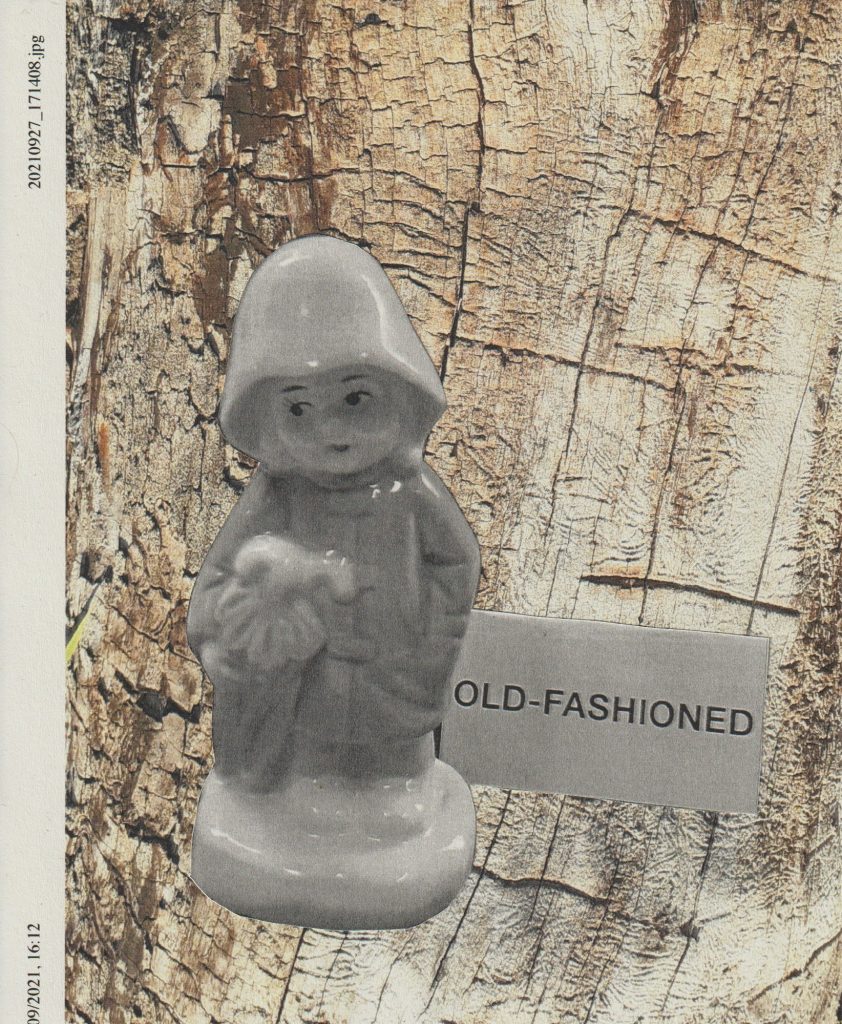Our second screen-printing workshop was focused on building another layer onto our previous prints. The first prints would become backgrounds and the second layer would need to add something to the composition. For this step, I needed to consider colour, line, pattern and balance. (known as the formal elements of art)
I looked at A Primer for Visual Literacy by Donis A. Dondis, to help me learn tips for composing my prints. Some key quotes from this book:
Line
“Line can take many different forms to express many different moods. It can be very loose and undisciplined, as in the sketch as illustrated, to take advantage of the spontaneity of expression. It can be very delicate and undulating or bold and course, even in the hands of the same artist.” “Line really exists in nature. But line does appear in the environment: the crack in the sidewalk, telephone wires against the sky, bare branches in winter, a cable bridge. The visual element of line is used mostly to express the juxtaposition of two tones. Light is utilized most often to describe juxtaposition, and in this, it’s an artificial device.”
Shape
“Line describes shape. In the parlance of the visual arts, line articulates the complexity of shape. There are three basic shapes, square, circle, and equilateral triangle. Each of the basic shapes has its own unique character and characteristics and each is attached a great deal of meaning, some through association, some through our victory, and some through our own psychological and physiological perceptions. Sky has associations to it dullness, honesty, straightness, and workmanlike meaning; the triangle, action, conflict, tension; the circle, endless nurse, warmth, protection.”
Colour
“Since perception of colour is the single most strongly emotional part of the visual process, it has great force and can be utilised to express and reinforce visual information to great advantage. Colour not only has universally shared meaning of their experience, but it also has separate worth information leaked through Sim. In addition to the highly negotiable colour meaning, each of us has our own personal and subjective colour preferences. We choose our own colour statements and settings.” “Colour has three dimensions which can be defined and measured. Here is of the colour itself of which there are more than a hundred stop the second dimension of colour saturation, which is the relative purity of the colour from the cuter grey. The third, and last dimension of colour is achromatic. It is the relative brightness, from light to dark, of value or tonal gradations.”
Whilst including detail in the second layer, I wanted to reserve using the finest details for the top layer.
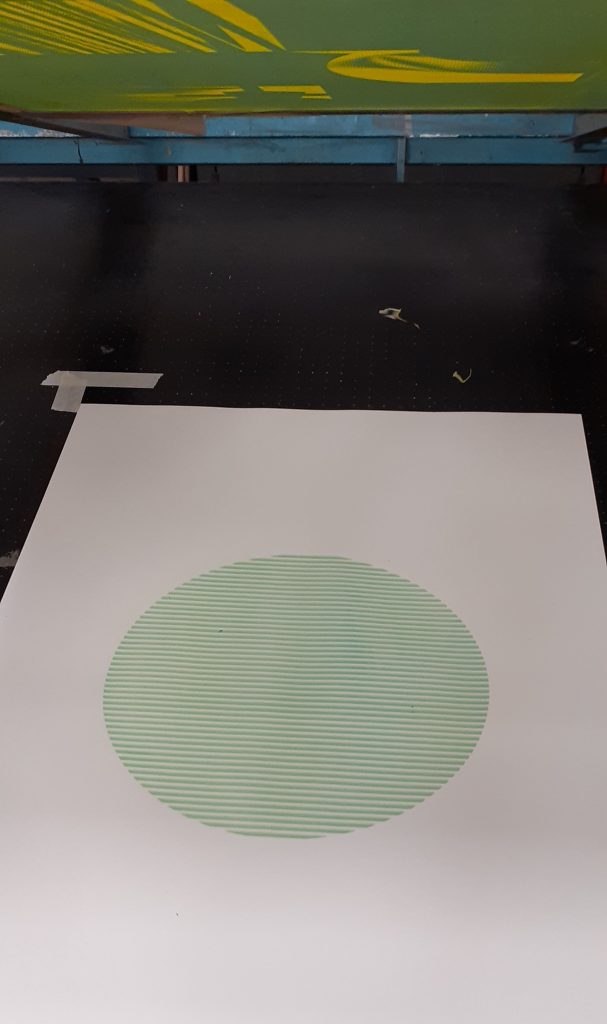
I started with this print from my last session. Securing it to the table using the suction switch. I like the simplicity of this print and combined with the colour, it resembles the Earth.
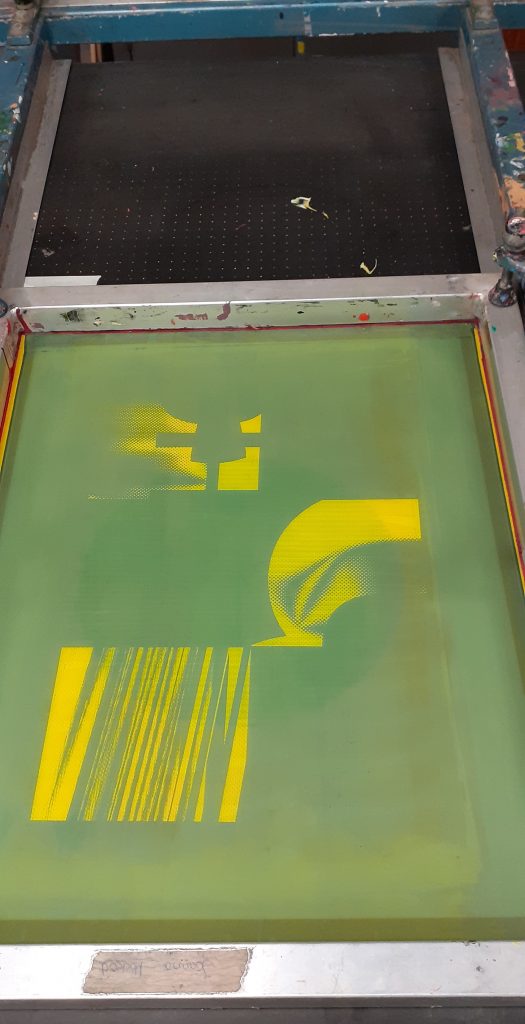
I didn’t want to take away from Earthly aspect of the image. Therefore, I used rounded shapes as my second layer to blend into this theme.

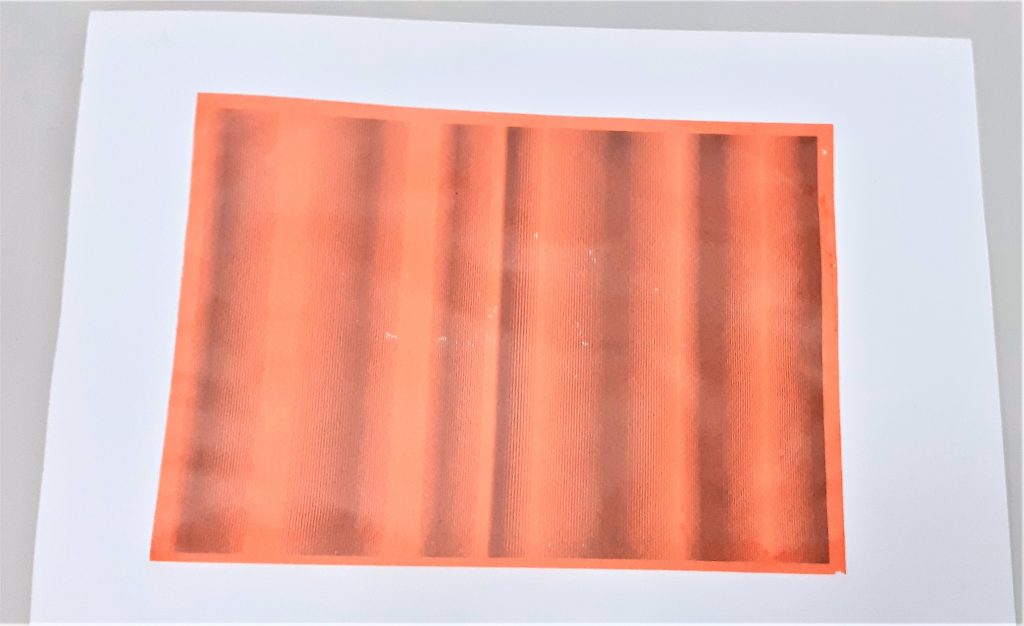
I found the orange ink to be fairly transparent. This meant it worked well as a flat layer, since it blended in visually. The grey lines of the background became brown when mixed with the colour of the second layer. I am not sure why there are white speckles across the page. I assume the markings were on the screen. I like the overall warmth of the image.
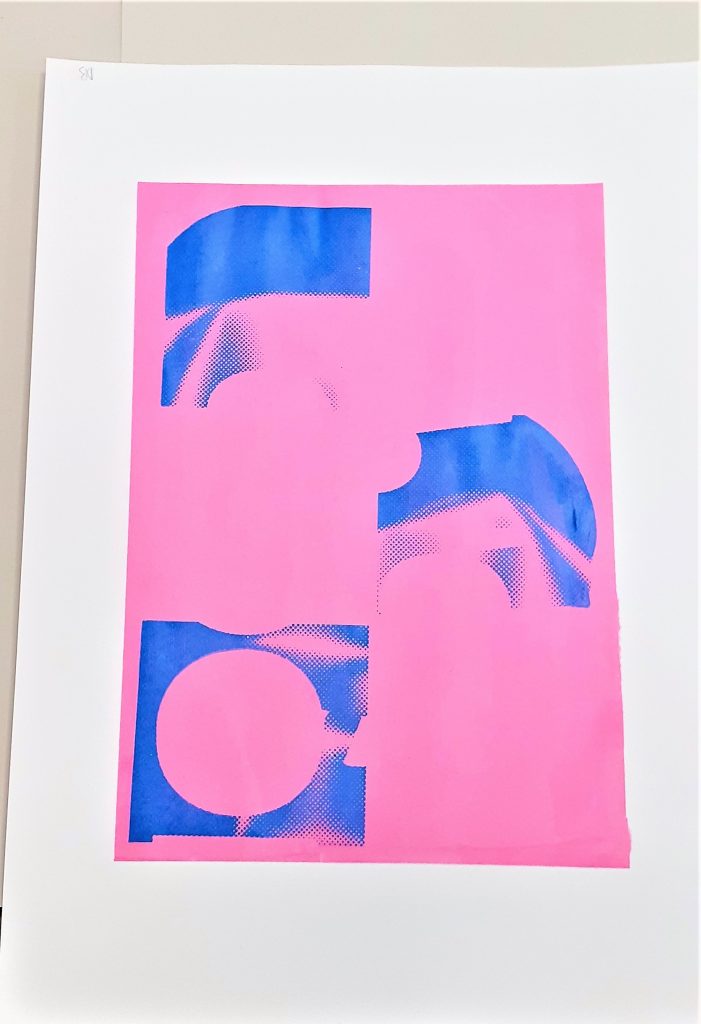
I chose blue ink for the second layer.
I thought the blue would blend with the pink and create a purple image. This was not the case, as the blue paint sat on top and looked purely blue. Using a purple paint for the final layer may help to unify the colour in the image.
Adding binder to the blue would have helped to create the effect I had in mind.
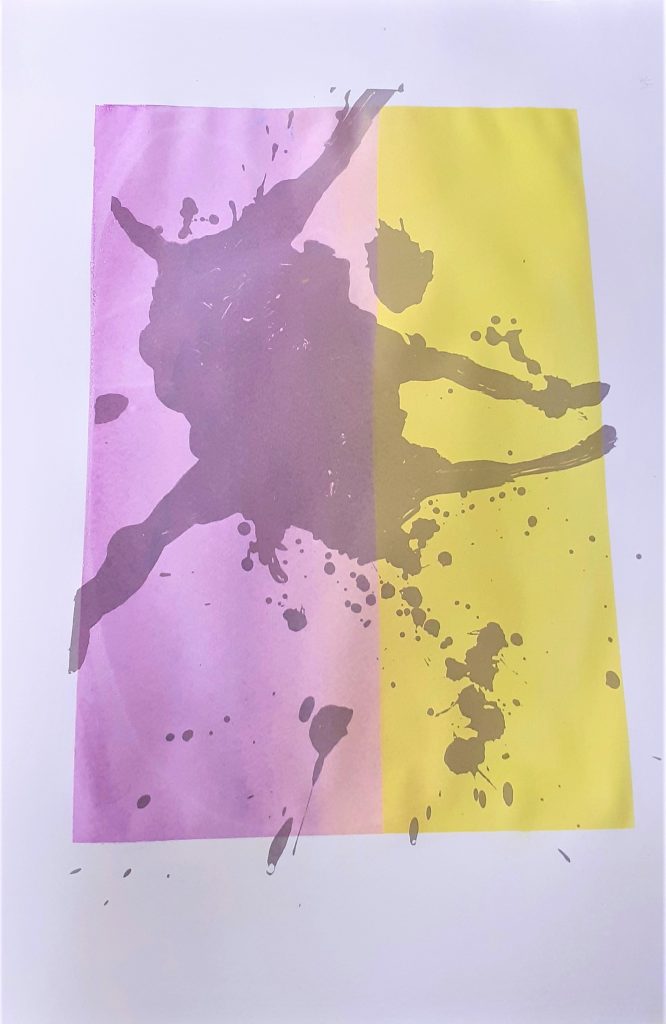
For my second layer, I used 2 colours. There was not a perfect merge in the middle, but I was happy with the effect I achieved. I wanted my second layer to be translucent, as I wanted the grey of the background to be tinged different colours. Knowing that yellow is a transparent colour, I didn’t add any binder to the paint. I did, however, mix binder with the purple paint, to make sure I could see the design clearly through it.
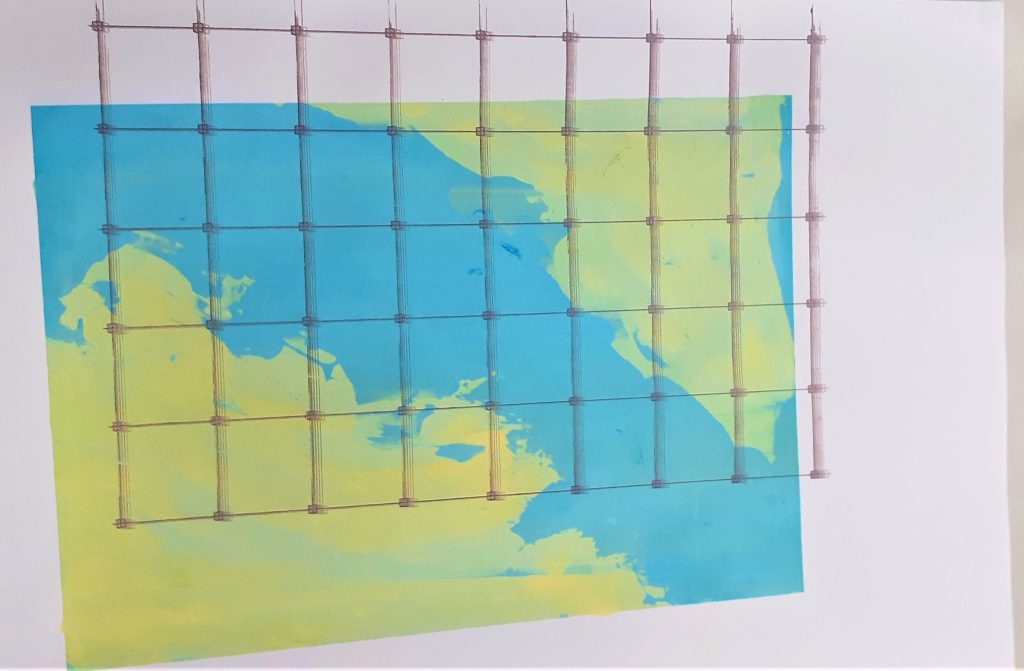
The theme of this print was always going to be about the Earth. I was hesitant to add a second layer, as I was happy with how the first layer turned out and I didn’t want to obscure the delicate brushstrokes. I chose to use the grid pattern, as I felt it fit with the theme of mapping. I chose grey, so that the lines would not be too harsh.
When printing, I did not use the vice, but instead worked with a classmate. Human error meant that the screen was jolted, this left blurred lines. To correct this, I plan to add another grid print, although in a darker colour, for example dark blue. This will help to define the print and anchor the design.
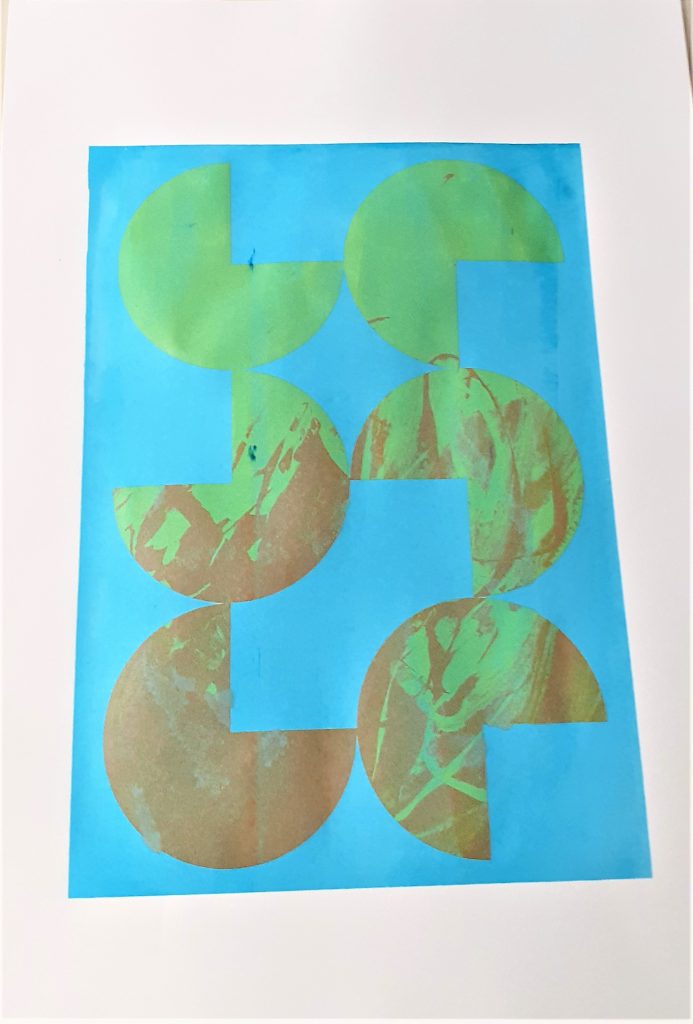
I used a paintbrush for creating this effect on the second layer.
The blue of the background mixes with the yellow to create a greenish hue. The orange appears more brown. I have learnt that mixing complementary colours dulls down or neutralizes the colour. It cancels out the vibrancy, which might be used intentionally in future prints.

